Using Animal Portraiture to Activate Emotional Affect
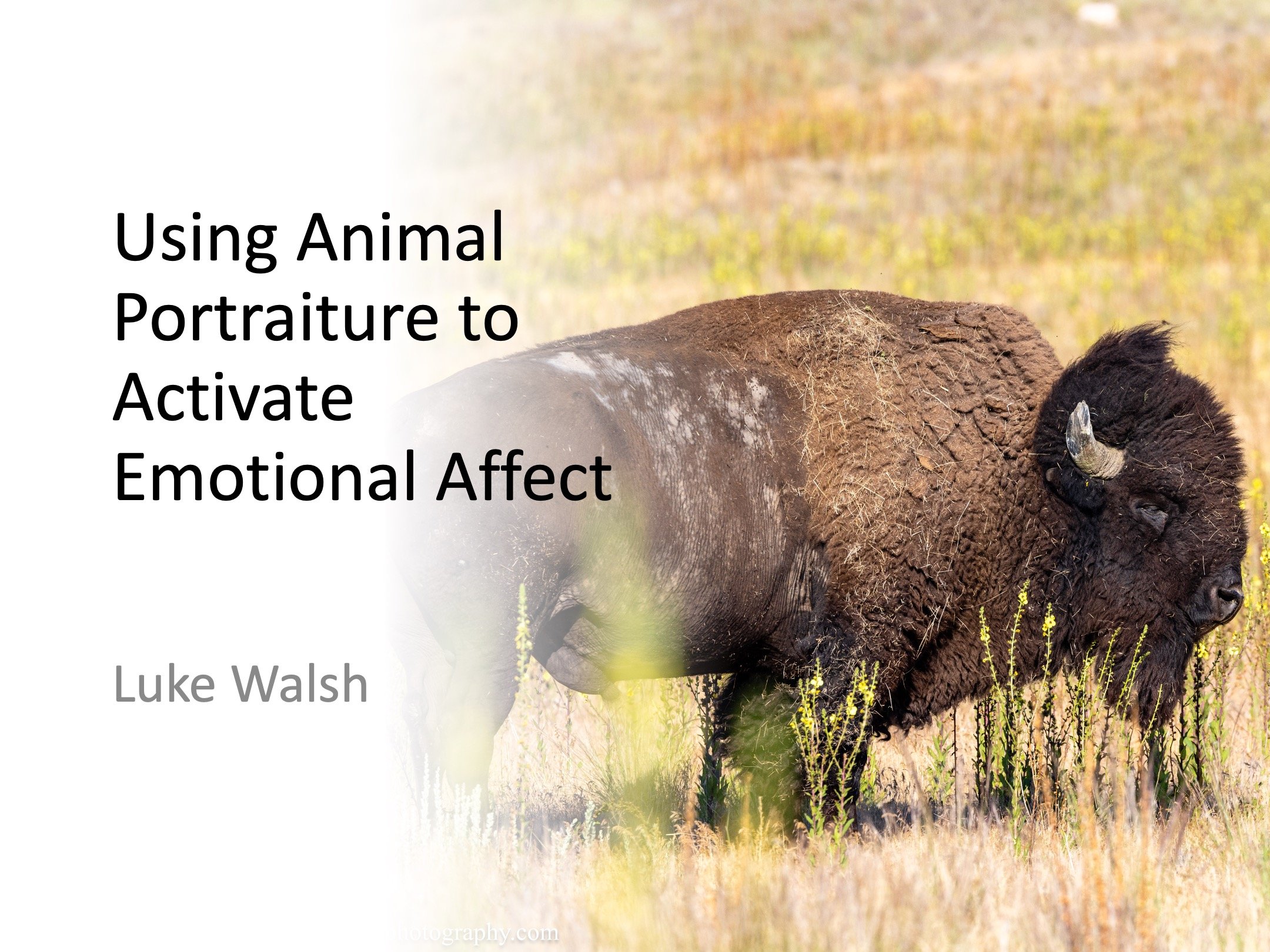
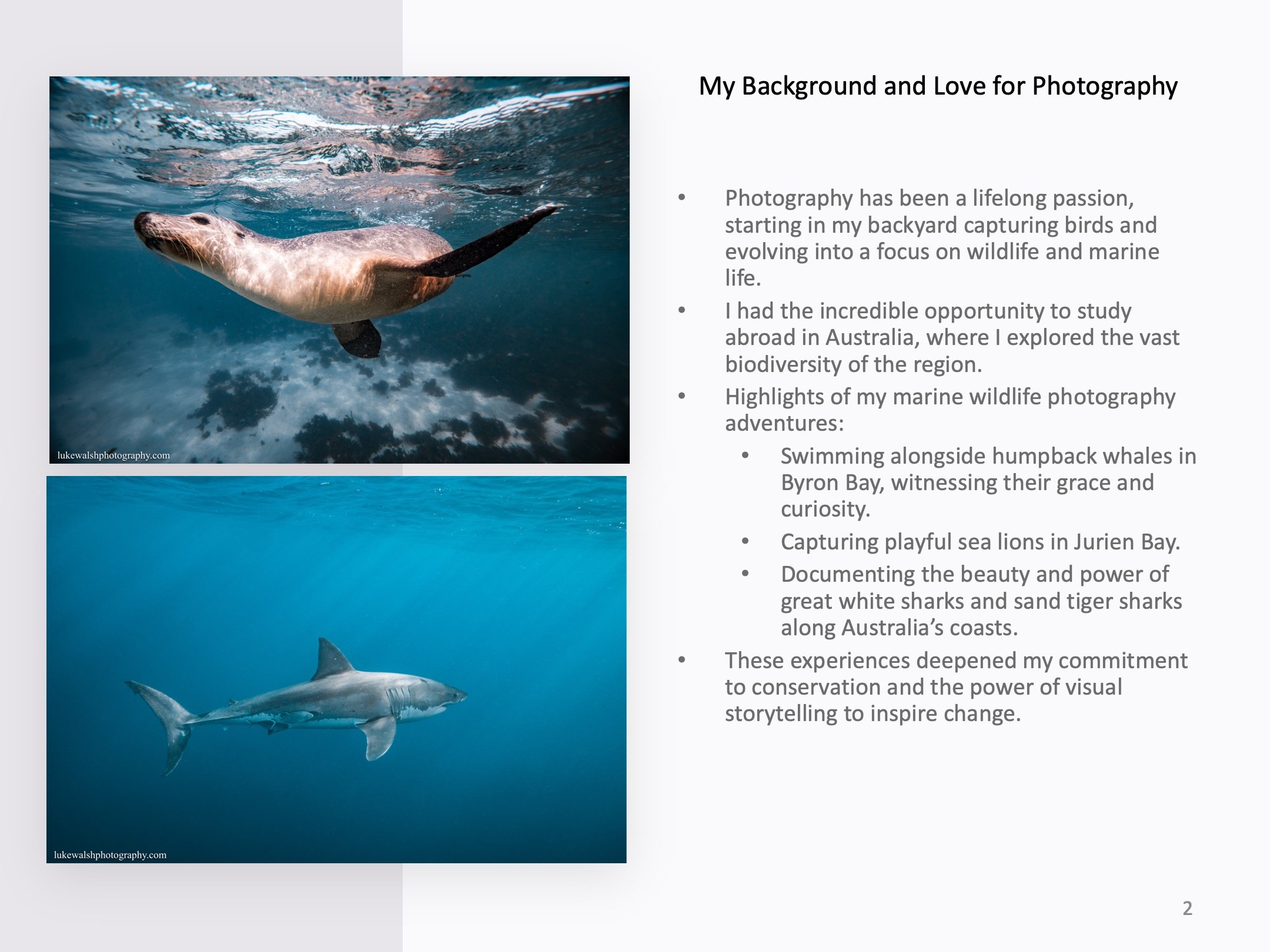

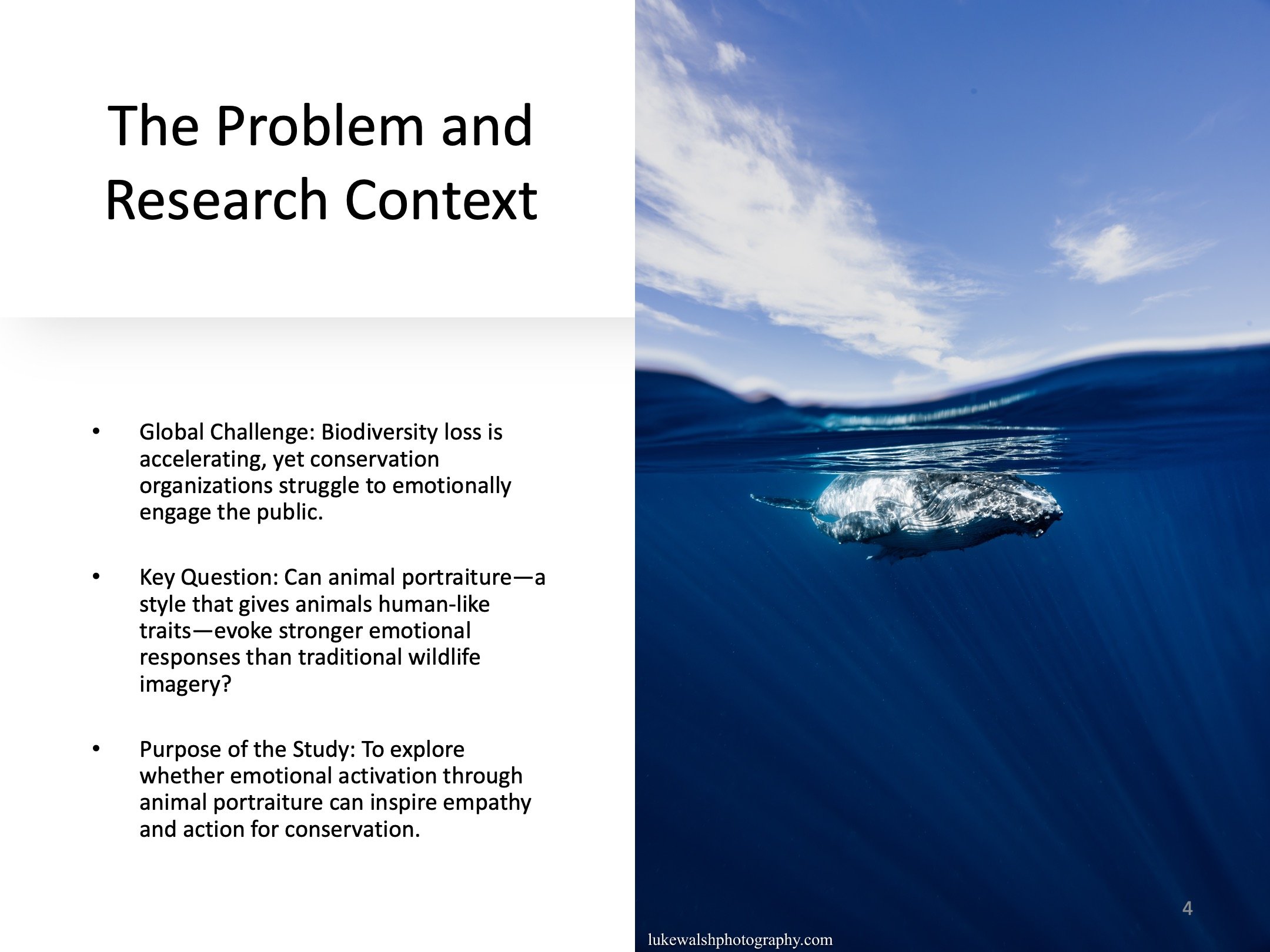
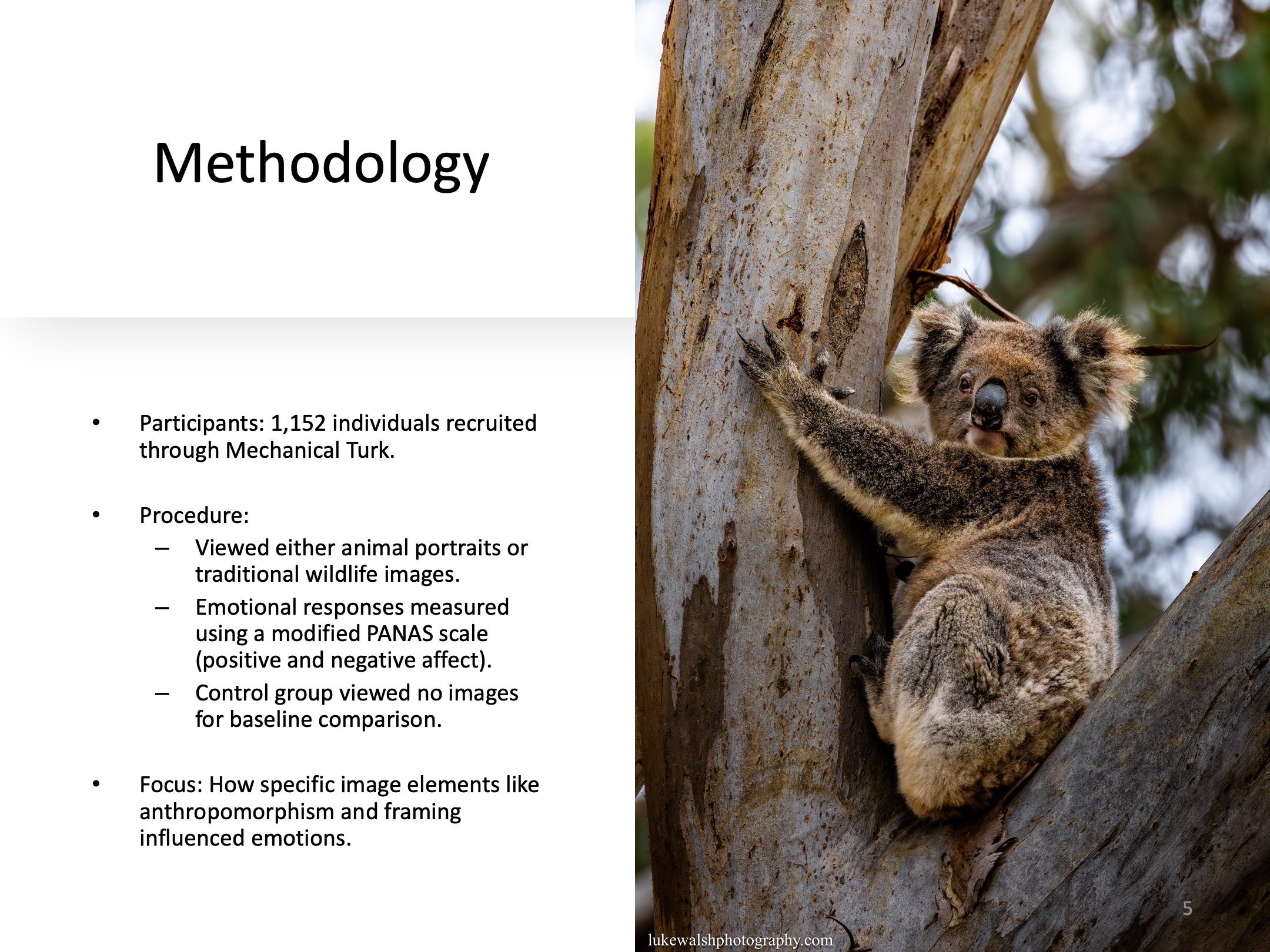
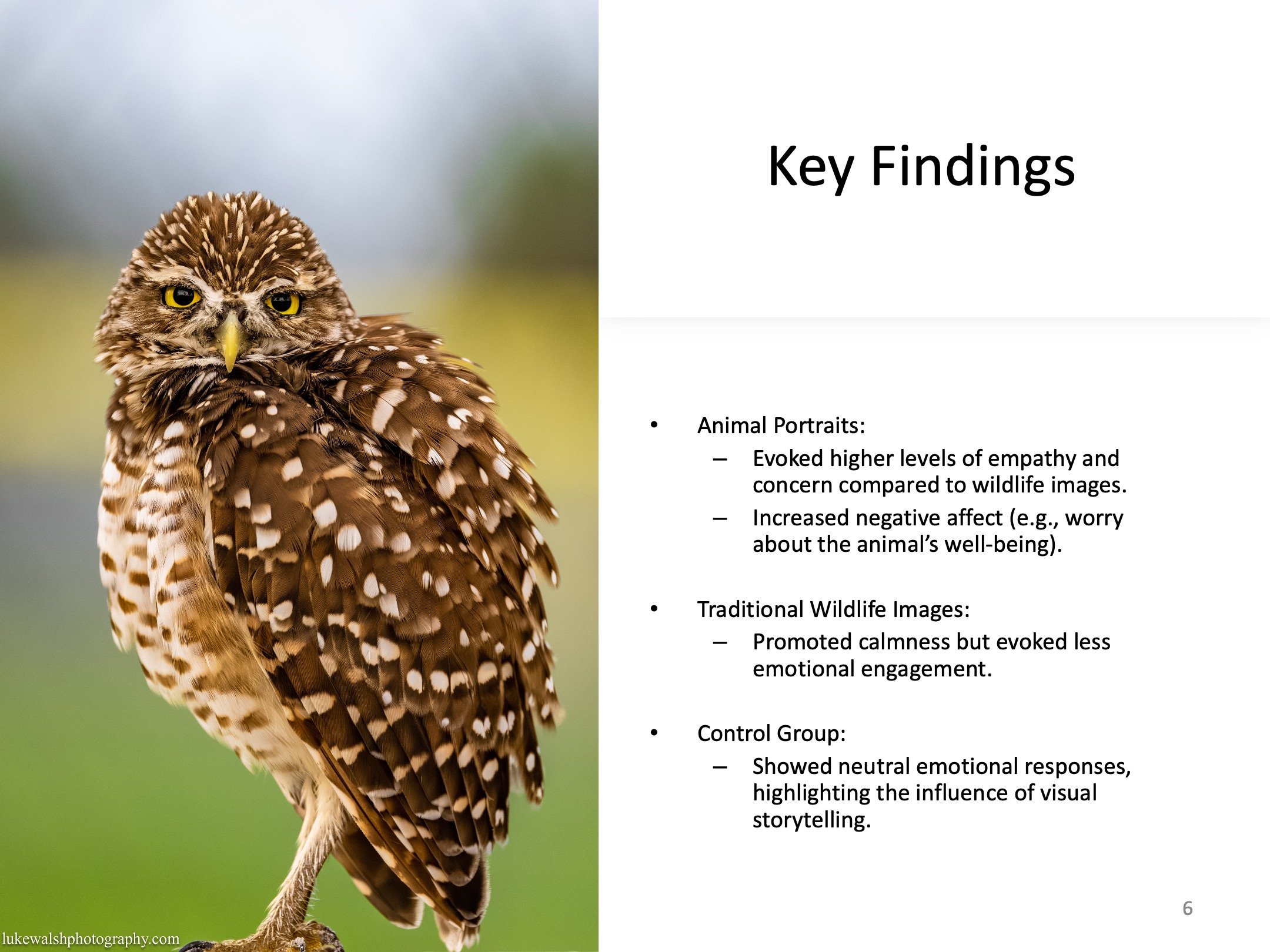
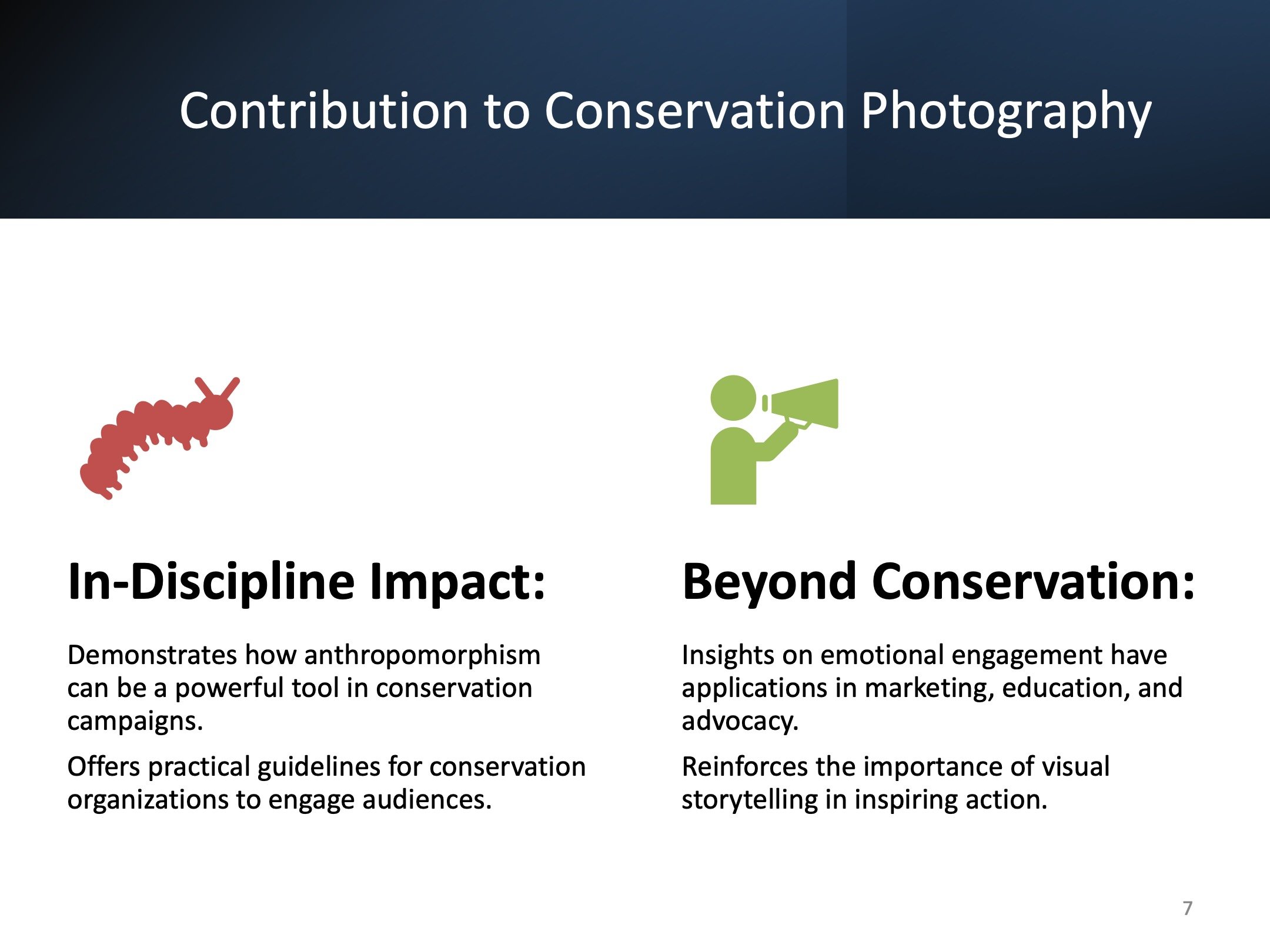
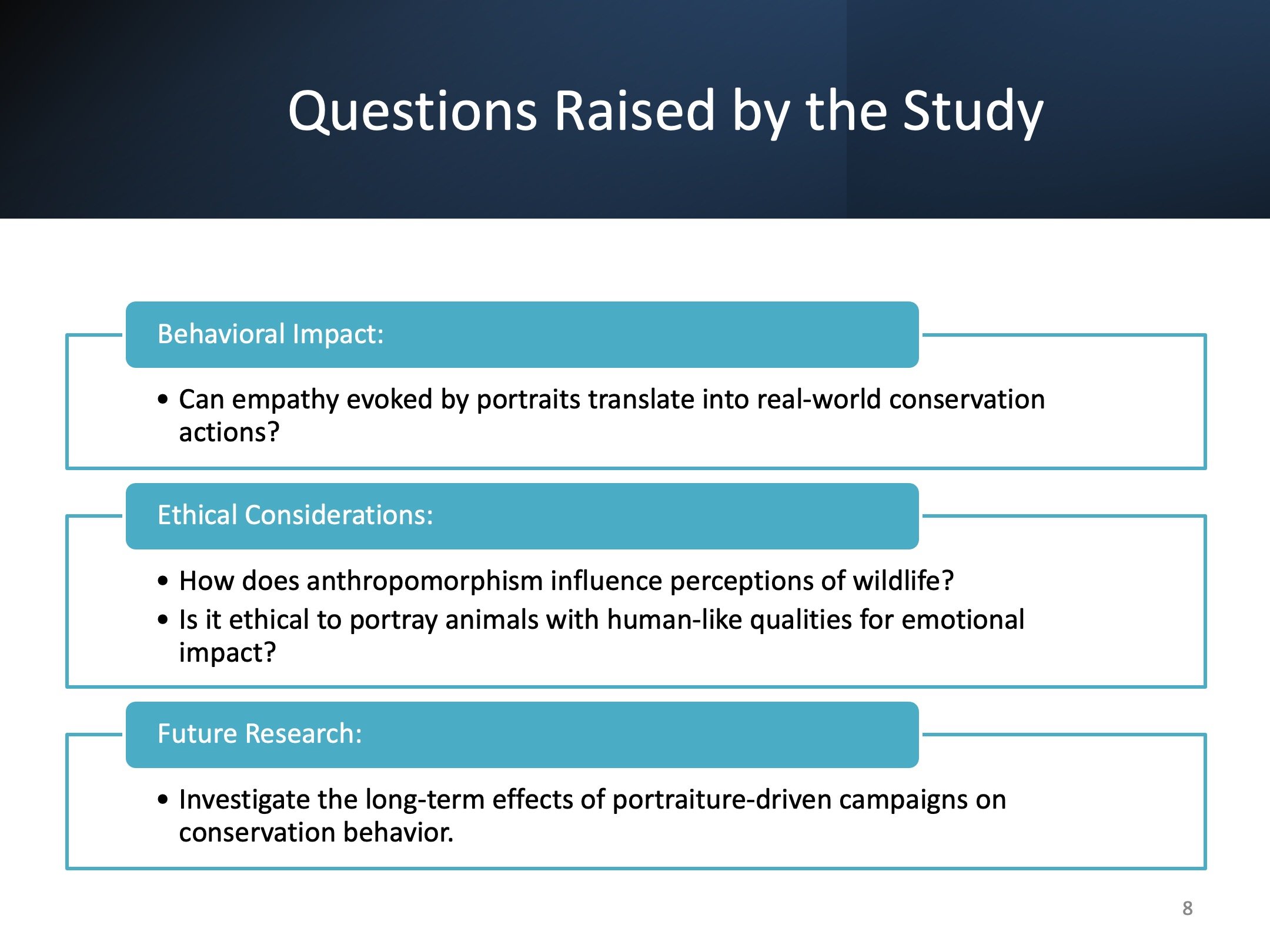
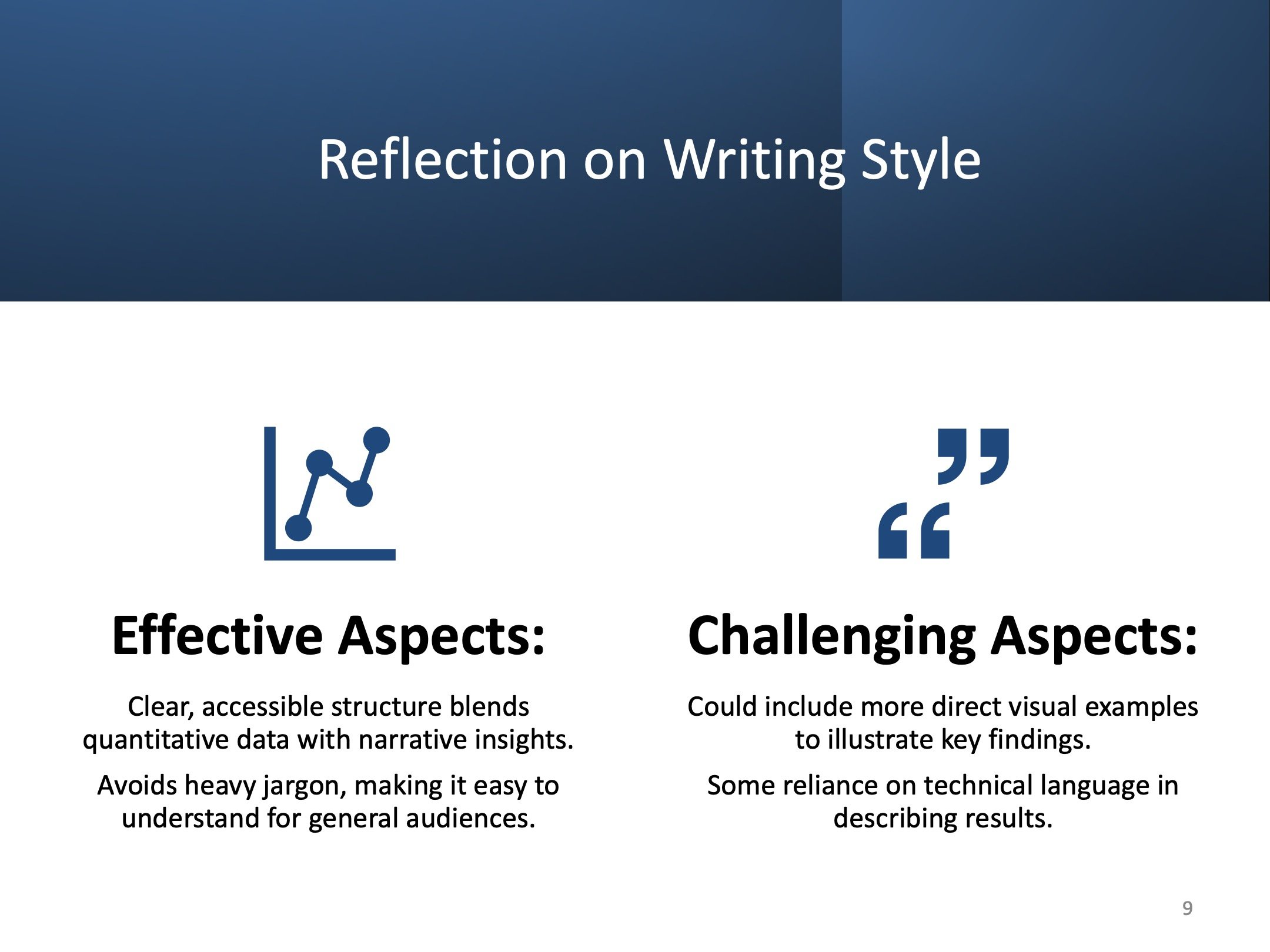
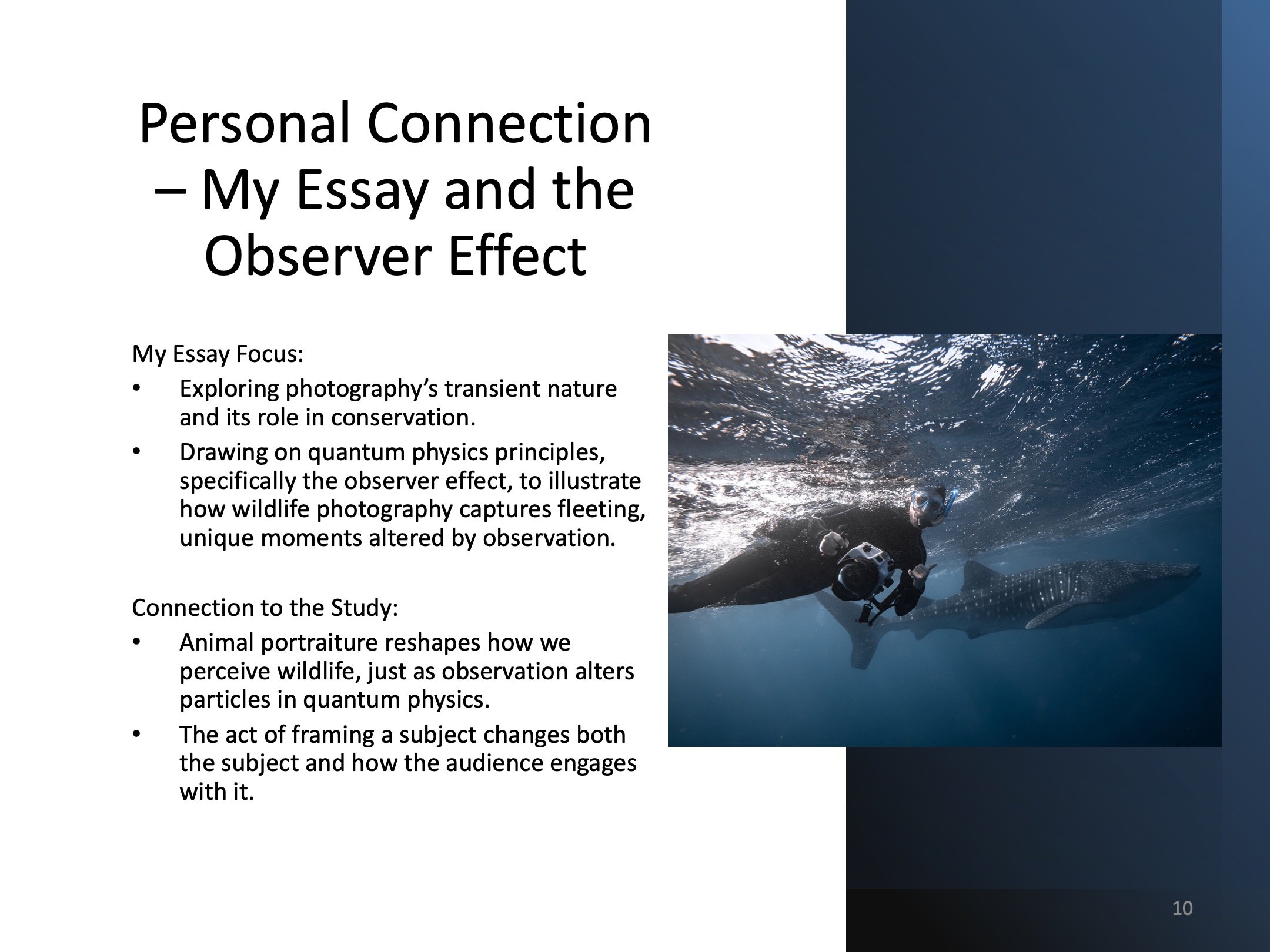
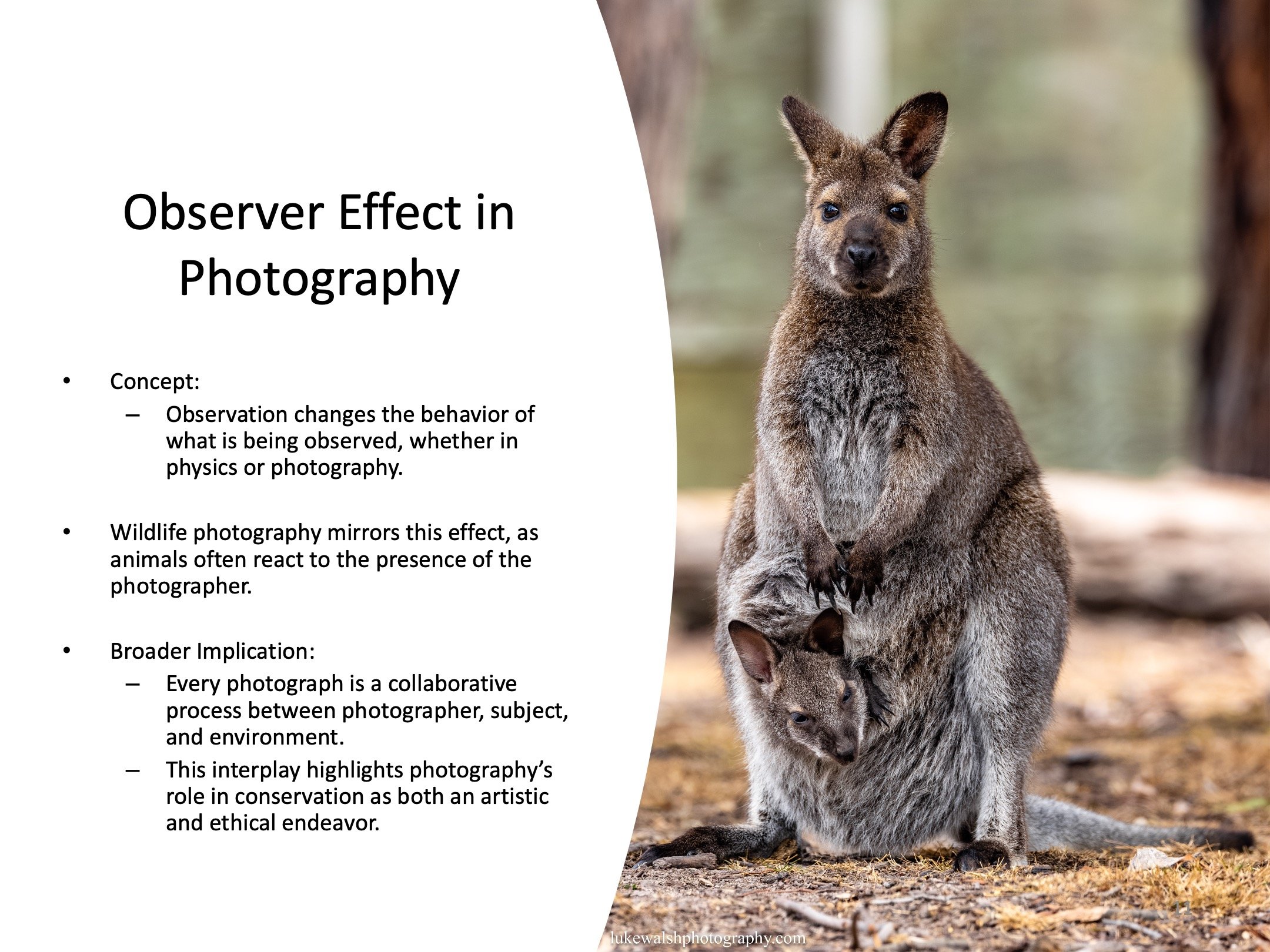
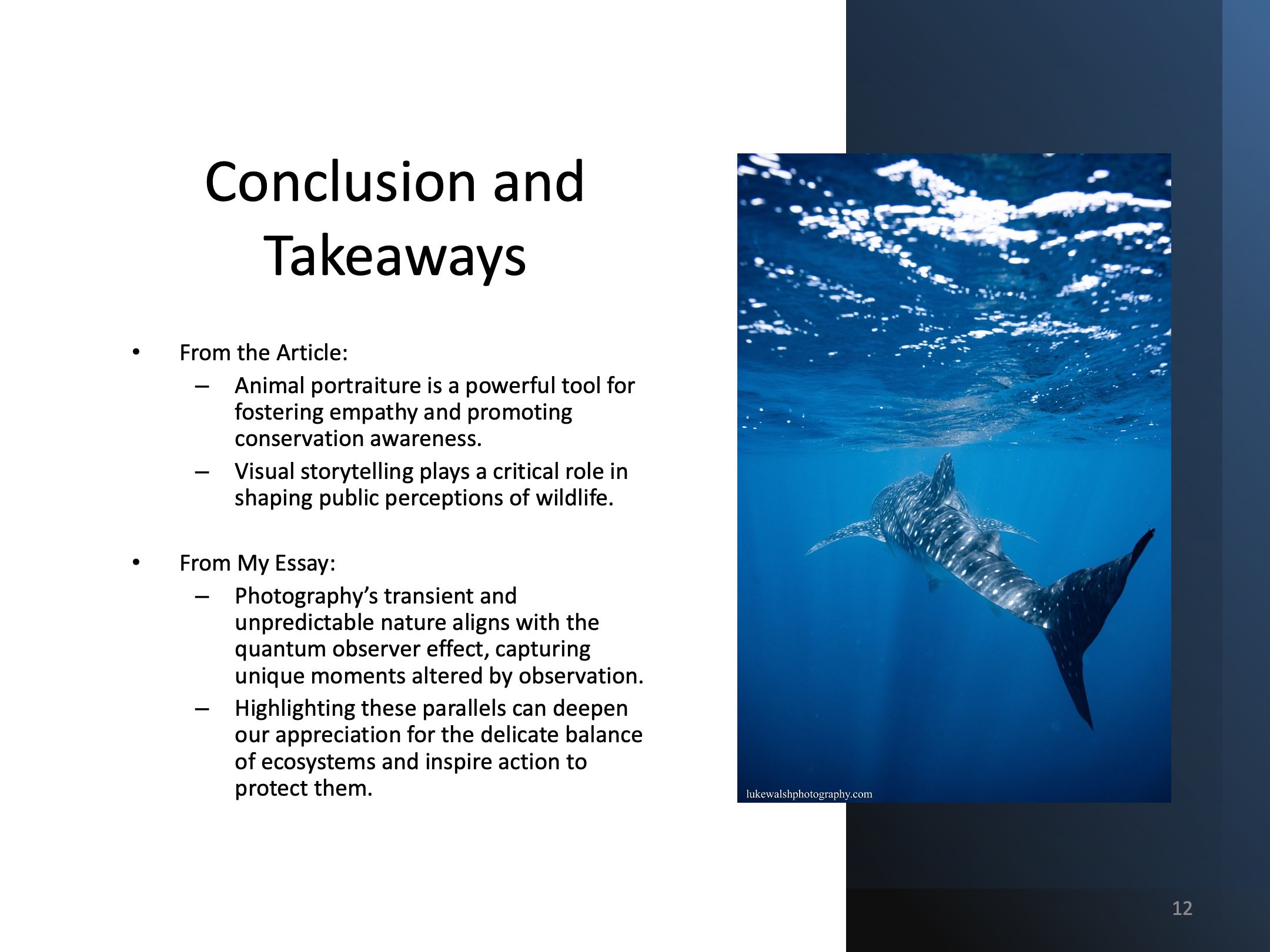
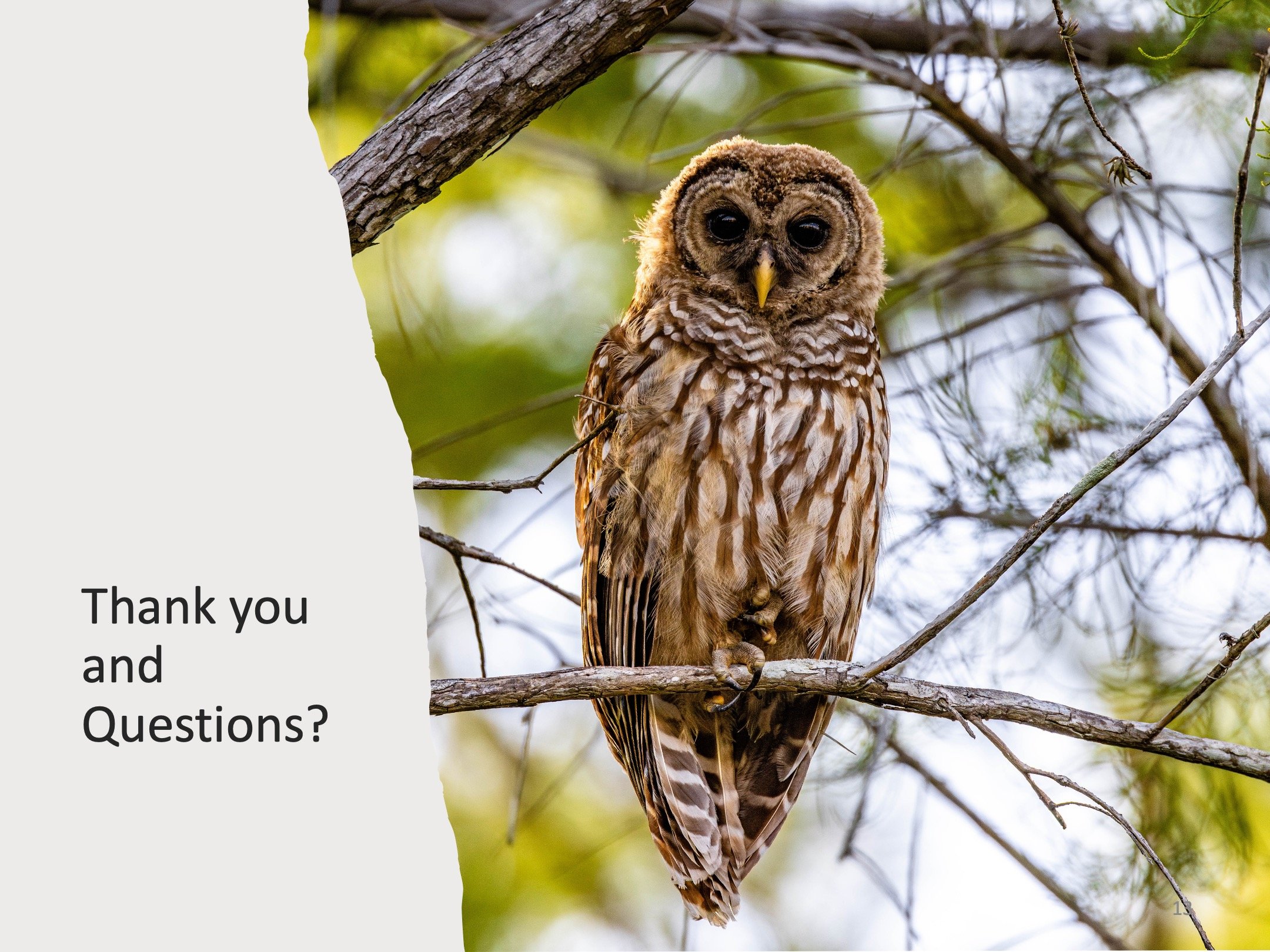
Using Animal Portraiture to Activate Emotional Affect
By Luke Walsh
My Background and Love for Photography
Photography has been a lifelong passion for me. I started in my backyard, capturing birds, and eventually expanded my focus to wildlife and marine life. While studying abroad in Australia, I explored the region’s incredible biodiversity. Some highlights from my marine wildlife photography adventures include:
Swimming alongside humpback whales in Byron Bay, marveling at their grace and curiosity.
Photographing playful sea lions in Jurien Bay.
Documenting sharks like great whites and sand tigers along Australia’s coasts.
These experiences have deepened my commitment to conservation and the power of visual storytelling to inspire change.
Assemblages and Photography
Title: The Photographic Assemblage: Human and Nonhuman Collaboration in Image Creation
I explored photography as a collaboration between humans, nonhuman agents, and the environment, drawing inspiration from my experiences in Australia, including:
Snorkeling with a humpback whale in Byron Bay.
Capturing a Wobbegong Shark framed by a school of fish at Fish Rock Cave.
Key Themes:
Photography as an assemblage of human creativity, technology, and environmental forces.
Challenging the idea of photographers as sole creators.
Takeaway: Photography is a collaborative process shaped by intention, chance, and interconnected forces.
The Problem and Research Context
Global Challenge: Biodiversity loss is accelerating, yet conservation organizations struggle to emotionally engage the public.
Key Question: Can animal portraiture—a style giving animals human-like traits—evoke stronger emotional responses than traditional wildlife imagery?
Purpose of the Study: To explore whether emotional activation through animal portraiture can inspire empathy and conservation action.
Methodology
Participants: 1,152 individuals recruited via Mechanical Turk.
Procedure: Participants viewed either animal portraits or traditional wildlife images. A control group viewed no images for baseline comparison. Emotional responses were measured using a modified PANAS scale (positive and negative affect).
Focus: The influence of anthropomorphism and framing on emotional responses.
Key Findings
Animal Portraits:
Evoked higher levels of empathy and concern.
Increased negative affect (e.g., worry about the animal’s well-being).
Traditional Wildlife Images:
Promoted calmness but evoked less emotional engagement.
Control Group:
Neutral emotional responses, underscoring the power of visual storytelling.
Reflection on Writing Style
Personal Connection: My essay draws parallels between quantum physics and photography:
The observer effect in quantum physics—where observation alters the observed—mirrors wildlife photography, as animals often respond to a photographer’s presence.
This study shows how animal portraiture reshapes public perception, much like observation changes particles.
Observer Effect in Photography
Concept: Observation changes the behavior of the observed, both in physics and photography.
Implication: Every photograph is a collaborative process between photographer, subject, and environment.
This interplay underscores the role of photography as both an artistic and ethical tool in conservation.
Conclusion and Takeaways
From the Article: Animal portraiture is a powerful tool for fostering empathy and raising conservation awareness. Visual storytelling shapes public perceptions of wildlife.
From My Essay: Photography captures unique, fleeting moments altered by observation. These parallels deepen our appreciation for ecosystems’ delicate balance and inspire conservation action.